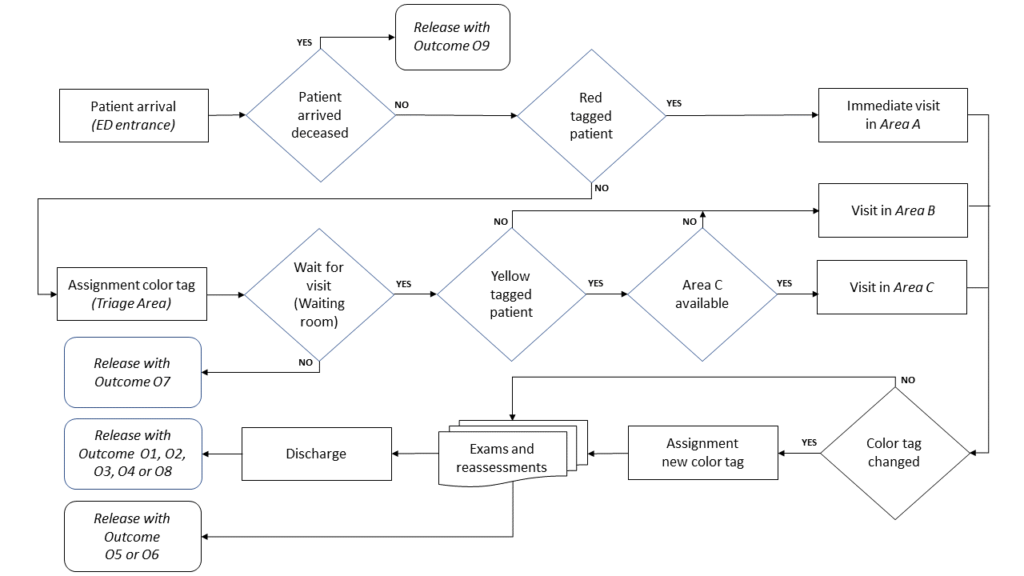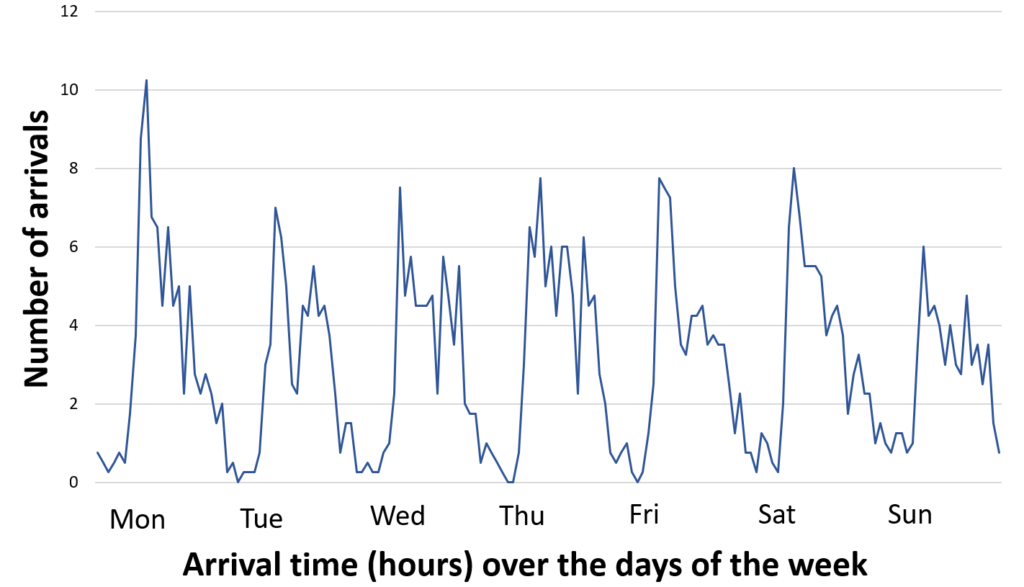Decision Support systems for Healthcare Management
The Project
Healthcare Systems are complex systems where decision makers must establish both human (physicians, nurses, etc.) and physical (beds, equipment, etc.) resources to be allocated so that patients’ requests are satisfied and some important Key Performance Indicators are optimized, trying to contain costs as much as possible.
Due to high uncertainty of the processes involved, simulation models are usually adopted to study such systems. However, the scenario analysis that can be carried out by a simulation model does not enable to make optimal choices. Hence, the necessity of combining the simulation model with an appropriate optimization algorithm. This methodology is called “Simulation-Based Optimization” and it currently represents the state of the art in addressing the study of systems whose operation can only be represented in a “black-box” form, or by the runs of a simulation.
In the following, some real case studies where this methodology has been successfully applied.
OPTIMAL RESOURCE ALLOCATION for HOSPITAL WARDS
Such study has been developed within the project BuS-4H “Business Simulation for Healthcare”, a research project (with SiliconDev LLC, University of Rome “Tor Vergata”, Associazione Fatebenefratelli per la ricerca (AFaR) and SAPIENZA University of Rome) co-funded by European indirect funds through the Lazio Region of Italy (FILAS s.p.a.).
A decision support system was created for the optimal allocation of resources in the Gynecology and Obstetrics ward of the Fatebenefratelli San Giovanni Calibita Hospital in Rome. An accurate discrete event simulation model was used to reproduce the flow of pregnant women through the ward. Then, by using a suited multi-objective optimization algorithms a set of optimal solutions has been determined enabling decision makers to allocate a number of resources so to comply with clinical, regulatory and structural constraints in order to maximize the profit while minimizing the rate of caesarean sections (or requiring that this rate be below a certain threshold). These are conflicting objectives, since the reimbursement to the hospital by the National Health System is greater in the case of caesarean sections when compared to natural parts.
OPTIMAL EMERGENCY DEPARTMENT MANAGEMENT
Emergency Department (ED) overcrowding is a well known worldwide phenomenon. Therefore, the study of patient flow through ad ED is of great interest aiming at possibly adopting strategies for improving the quality of the services provided. The purpose is to minimize (or to keep below a threshold value associated with the severity code assigned at the triage) some indices such as the waiting time before the first visit by a doctor, the total time spent in the ED, the number of patients present in the ER, etc.
The real case study of the ED of the Policlinico Umberto I in Rome has been considered. In terms of the number of annual visits, this ED represents one of the largest in Europe. Several problems were addressed; we now mention two research activities that have already been successfully concluded:
- the construction of a mathematical model that reproduces with a good accuracy patient arrivals at the ED;
- the calibration of such a model in order to obtain an accurate representation of patient flow; such calibration phase is necessary due to the unavailability of many data concerning several timestamps.
Furthermore, a discrete event simulation model has been developed for and ED located in a region hit by a severe earthquake to allow managers to evaluate the validity of the
“Internal Emergency Plan for the Massive Inflow of Injured”.



